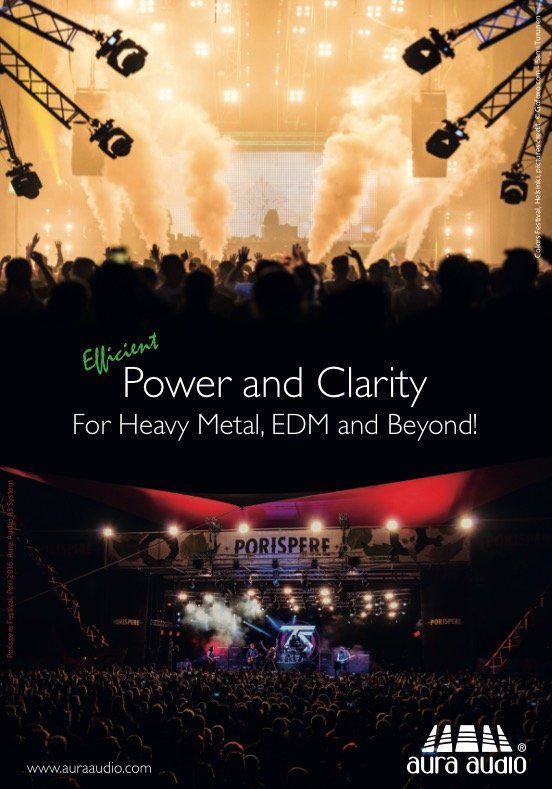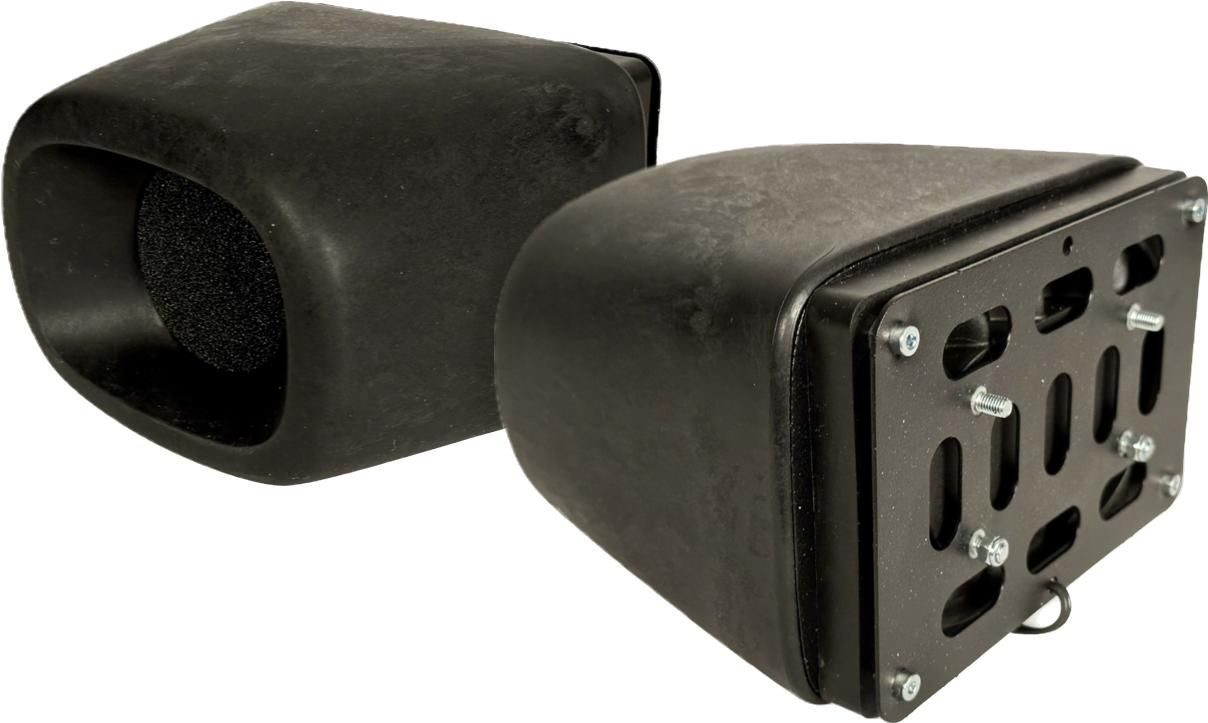BROADBAND DIRECTIVITY
MADE SIMPLE
BROADBAND DIRECTIVITY
MADE SIMPLE
Our mission is to design simple and easy-to-use loudspeaker systems
without compromising the sonic quality.

WHO ARE WE?
Aura Audio Oy is an independent loudspeaker systems manufacturer situated on the south west coast of Finland. Born in the late 90’s from the curiosity and creativity of two sound engineers who had a deep understanding of acoustics, their unique ideas and innovations brought new technologies to the field of loudspeaker systems.
Aura Audio’s mission is to deliver elegantly simple solutions, without compromising sound quality. Our products are designed to require as little processing as possible, while delivering unsurpassed pattern control and uniform dispersion. Allowing our systems to translate the integrity of a mix or music source directly to the listener without compromise or the need for complex DSP.
Our ground breaking designs and techniques have been awarded several US and EPO patents and we continue to push the boundaries, refining and developing our ideas to generate the next leap forward. The simplicity and ease of use our products present on the outside hides a wealth of technological innovations on the inside. We strive to solve real world issues in unique ways, which benefit the customer and the audience by balancing uncomplicated, cost effective solutions and superior audio.
We are totally self-sufficient as a manufacturer which enables us to be very dynamic in terms of lead times and custom projects. Operating for over two decades in both the rental, installation and high-end consumer markets we have established an enviable reputation for offering creative system solutions. Employing our superior understanding of acoustics has resulted in a selection of products which give cost effective and reliable solutions, without sonic compromise.
FEATURED PRODUCTS
AURA AUDIO RECEIVES THIRD PATENT FOR PASSIVE END FIRE TECHNOLOGY April-2023
Passive End Fire Technology was granted an European (EP) Patent.
After FI and US patents this was a third patent to date in the continuum of innovations towards better linearity and beam width control, higher efficiency and efficient manufacturing solutions for a passive loudspeaker technology.
TECHNOLOGY BLOG
Aura Audio Technology Blog

It was a rainy night in Glasgow, early 2018. Two years prior we had applied for a patent for Passive End Fire Technology. First applied to subwoofers by this time it was apparent that the passive cardioid solution we had invented was even better suited to upper bass or low mids depending on how you look at it. Going from 5m average wavelengths to 2m wavelengths, approx 160Hz band-pass complies well with 50cm cube enclosures which again are the most common compact touring "top" speaker cabinet size. This all made sense. When combining the Passive End Fire philosophy to a coaxial multiway loudspeaker the virtual size of the enclosure can be expanded almost three times the actual size, in other words the real size reduced to a third. Reason being the radiating surface consisting not just the front baffle but sides and in some cases, like with S1, the rear side too radically expand the wavefront created at the low frequencies and hence creating an uniform radiating surface large enough to control the wave front much larger than the single driver could.

Directional character and noise cancellation is of increasing importance in open-air events and is also known to help produce sound more accurately in reverberant environments such as concert halls and sport arenas. The key feature of Passive End Fire Technology compared to prior ways of obtaining directional low frequency reproduction is considerably higher acoustic output in front of the speaker system with exceptional transient capability. A single enclosure bass loudspeaker systems typically have a very low directivity because of the large wavelength which is to be radiated to produce sound in bass region which equals wavelengths from 10m to 3m. To have a directional character comparable to these wavelengths the enclosure and particularly the radiating surfaces need to be around the same size which would make them difficult to carry or install in most environments such as indoors or limited space outdoor facilities. There are several approaches already known which can be used to improve the directivity of sound sources. One option is to use open back enclosure or have two separate sound sources in which case one sound source radiates to listening direction and other sound source to the opposite direction. When inverting the polarity of the sound radiating opposite direction with addition of delay one can create directional radiating character. It is also known to use to sound sources (two or three units) in a row and delay the front one(s) to match the propagation time difference due to distance. When used in relation to quarter wavelength compared to sound wave radiated by the speaker system this arrangement is known to cancel the sound wave by half wavelength distance when observing behind the row of speakers, ie. opposite direction of radiation pattern. The revolutionary Passive End Fire Technology is based on providing a loudspeaker system in which loading in front radiating sound source with internal propagation time difference compensates the time difference of the sound wave radiated from opposite direction radiating sound source arriving to the front. This is achieved with horn-like loading at the front side which has the same phase behavior as the reflex-loaded enclosure facing back. No additional delays or processing is needed so only amplifier channel is enough to drive the whole subwoofer!





